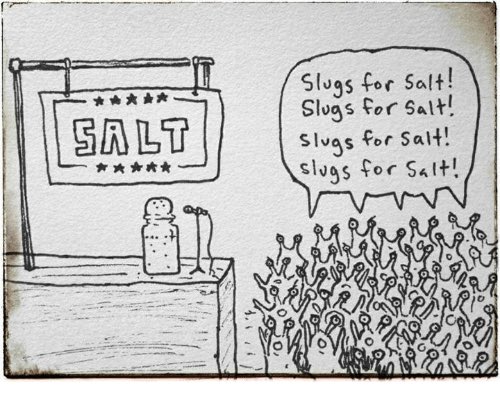Today the implied probability of Kamala Harris being elected as the president of the United States reached 36 percent on Polymarket. This is interesting because it’s the result of a concerted effort to manipulate the odds, and in wider context, to buy the election. While it is sad, it also presents an opportunity. Should you attempt to take some of the that money?
The matter hinges on your belief about the true odds. We believe that 50-50 is a good approximation of those. For example, various polls have been showing a slight lead for Kamala Harris since the Harris-Trump debate, and in our opinion 36-64 is extremely unrealistic.

We will evaluate this situation first as an investment, using the Sharpe ratio, and then as a gamble, using the Kelly formula. Sharpe measures risk-adjusted return, and is a ratio between expected return and standard deviation of the return. Even though this is not a situation you would typically assess with the Sharpe ratio, let’s still calculate it.
We round the offered prices to 40-60. If we buy a dollar coin flip at 40 cents and we win, the return is 150% (1/0.4 - 1). If we lose, the return is -100%. Assuming the true odds are 50-50, the expected return is then (1.5 - 1)/2, or 0.25. The standard deviation of return is 1.25, and the Sharpe ratio is 0.2. This indicates high risk (duh) and is generally a bad value for an investment.
However, what we are about to do (possibly) is gambling. The Kelly formula will help us size the bet in relation to our gambling budget. The formula aims to maximize expected growth rate of capital over multiple bets. The inputs are the real and offered odds, and the output is the percentage of budget to gamble. With 50-50 real odds and 60-40 offered odds the formula tells us to invest about 17% of our bankroll, as you can quickly calculate.
In practice, full Kelly might be overly aggressive, so some people favor using half Kelly, which in this case would be about 8%. The conclusion is that if you have a gambling budget of $1000 and you believe the true odds to be about 50-50 while the offered prices are 40-60, you want to gamble between $80 and $170.

Appendix A: the political system in the USA
The political system in the US might be difficult to understand for outsiders, or even for Americans. Here’s a simple model of how to think about the system. It’s not 100% true, but it’s useful.
In the USA, there are only two political parties that matter: Democrats and Republicans. Historically, this corresponds to the North vs South divide. At one point, the people in the north, like the rest of the civilized world, came to a conclusion that no, you can’t own a human being. The people in the south, however, liked slavery: what’s not to like about free labor and being masters of life and death. This eventually led to the civil war.
The difference between Democrats and Republicans today echoes history. The Democrats are a normal political party like many others in Europe, for example. The Republicans, however, have only one governing principle: they always support big business. For them, everything is business, including healthcare, education, and prisons.
This is the reason you pay $5k (or whatever) for an ambulance in the US, and they will also tell you with a straight face that an ambulance is not your taxi to the hospital. In the US, if you see someone unconscious in the street, don’t call an ambulance. First check their pockets to make sure they do not have a card on them that says “do not call an ambulance” - because they can’t afford it.
For the small wealthy minority, it makes perfect sense to be Republican. For Musk, it makes perfect sense to throw money at the election. For Bezos, it makes perfect sense to stop the Washington Post from endorsing Harris. These are egoistic, but rational choices.
However, supporting big business as the main principle brings about a difficulty for the party: inherently, only a small percentage of the population, the most affluent, profit from this policy. The majority is hurt by it. An important corollary here is that most of Republicans are cognitively challenged (to refrain from using a simpler and more direct word), because they vote against their own economic interests - while also loudly complaining about economic issues such as inflation.
The fundamental difficulty for the Republican party is that you have to get people from the less affluent majority to vote for you. The Republicans market themselves by smoke and mirrors: picking divisive and inflammatory topics such as religion, guns, immigration, and taking the opposite stance of the Democrats. Since by definition most Republicans are cognitively challenged, it’s easy to predict which side they will take in such confrontations.
After many years of this treatment even the most cognitively challenged begin to add 2 to 2 and notice that something is not right and they are being lied to. That’s why Trump was such a blessing to the Republicans. Apparently an outsider, he came to “drain the swamp”, something which resonates very much with those who instinctively know that the elites manipulate them, yet lack the cognitive ability to recognize by themselves which elites are those exactly, and need someone with charisma to tell them.
One redeeming feature of the Republican party was the tough stance towards the Soviet Union they took during the cold war. Today, however, this is gone. Today Putin is Trump’s best buddy.

